As a busy homeschool mom of many, I know first-hand how hard it can be to find the right science curriculum, especially when you have a full schedule to juggle. My kids WANT hands-on projects and activities, but I’m tired. lol! And so many things pull me in different directions throughout the day.
When I look for the right fit for these needs, this is what I aim for:
- Easy to use with minimal prep work.
- Hands-on approach, whether through experiments, projects, interactive elements, etc.
- Flexibility to adjust the curriculum to our needs if we want to dive deep or skip over parts.
- Designed or at least adjustable for multiple levels (because I have a gaggle of kids!)
Disclosure: *This post may include affiliate links. As an affiliate, I earn from qualifying purchases. Read the disclosures and terms for more information.
(This is a sponsored post. I always give my honest opinion of a product. Feel free comment if you have questions and I’ll do my best to answer them!)
Introducing Common Sense Science: A Comprehensive Science Curriculum for Grades 1-6!
What's Covered:
Common Sense Science: A Hands-On Science Curriculum for Multiple Ages
If you’re a homeschooling parent looking for a hands-on and easy-to-use science curriculum, be sure to take a good look at Common Sense Science! This new series from Common Sense Science currently includes Plants and Oceans. Soon, they will also add Earth, Human Body, and Space.
Here are some of the highlights:
- Designed for either single-level or multi-level homeschools. (yay!)
- While it’s for grades 3-6, it includes activities for younger kids and can be adapted for olders.
- Open-and-go lessons are scripted to guide the teaching parent easily through each lesson.
- Contains interesting yet simple experiments with common household items.
- Includes a student packet with cut-and-paste 3D Graphic Organizers to document and engage with the information your children are learning and the labs they perform
- Each unit is designed for 18 weeks, so that you can complete 2 in a year. (Or for those who get antsy mid-year, like me, just abandon whatever else you’re doing and jump into a Common Sense Science unit. 🙌)
Multi-Level and Flexible
One of the stand-out features of Common Sense Science is its multi-grade level approach. Perfect for grades 3 through 6, Common Sense Science also offers activities for 1st and 2nd graders, allowing for multi-level teaching. All activities are coded by ability levels, enabling you to teach all your children at the same time using one curriculum.
Easy for Busy Mamas
Scripted lessons make instruction easy and include:
- Vocabulary.
- Research prompts for deeper exploration.
- Instructions for constructing 3D Graphic Organizers.
- Labs that utilize common household items.
Very little prep is needed other than ensuring you look ahead a week or so to see what materials you need on hand.
I know busy mamas often look for SIMPLE and EASY science curricula. Common Sense Science is a beautiful option if you also want something hands-on, particularly something that’s NOT online.
Simple Experiments
The curriculum also emphasizes practical application through its lab activities. Students gain valuable scientific skills through predictions, observations, and data recording. Clear directions and the use of everyday household items make it easy to conduct these experiments, fostering a sense of curiosity and discovery.
3D Organizers
Another highlight of Common Sense Science is the use of 3D Graphic Organizers. These visual tools help students of all levels better understand complex concepts by breaking them into manageable parts. 3D Graphic Organizers increase understanding and retention by incorporating hands-on activities and allowing students to see and touch the content. Science becomes not only easy to grasp but also fun to learn.
Our Experience: Plants Unit from Common Sense Science
We are year-round homeschoolers, so we decided to try out the Plants unit from Common Sense Science over the summer. Here are some of the things we learned about:
- how plants make their own food through photosynthesis
- how plants respond to stimuli
- adaptations that help them thrive in different environments
- the four main plant groups: bryophytes, ferns, gymnosperms, and angiosperms
- the different parts of plants and their unique functions
- all about flowers and their essential role in plant reproduction
Overall, the kids learned a lot and I think the curriculum covered great topics.
Our Take on the 3D Graphic Organizers
I was worried about the 3D Graphic Organizers. It sounded like a lapbook, and I’ve always lost interest in lapbooks before finishing them. My kids haven’t been into them, either.
However, I decided to give it a shot, and we love them! The 3D Graphic Organizers are unique. My kids enjoyed putting together their lab cards and other elements of the 3D Graphic Organizers for each lesson. Paired with the lab activities, the 3D Graphic Organizers helped them to interact with the information and then narrate it back (often by presenting it to their dad), which means they remembered more of it!
I actually called Common Sense Press on the phone to ask them what the deal was with 3D graphic organizers because I had never really heard of them in the way that they were presented. Whenever I looked them up, all I found was the familiar graphic organizers common to writing instruction (like a Venn diagram).
Here’s what I asked:
- Are the 3D graphic organizers in this curriculum the same thing as lapbooks? If so, why don’t I hate them? 😆 And why don’t you just call them lapbooks?
- If 3D organizers and lapbooks ARE NOT the same, what makes them different? And why do you choose to use them instead of lapbooks, which are more recognizable by homeschoolers?
It was an interesting conversation. I have to say, if you ever have questions or need help, the Common Sense Press folks provide great customer service.
Here’s what they said about the 3D graphic organizers in Common Sense Science:
- The 3D Graphic Organizers in Common Sense Science are based on those designed by Dinah Zike, so you can go to dinah.com to check out all the 3D Graphic Organizers and “Foldables” she has created.
- They help children understand the concepts by taking complicated information and breaking it down into visual parts.
- The 3D Graphic Organizers are designed for multiple grade levels, all studying the same content but with more involved tasks for older kids.
- They are used as a part of the instruction, with interactive content that helps solidify learning and retention, rather than being used only as a visual record of facts.
Lapbooks also present a visual of information learned, but they often aren’t used as a core tool in the instruction. Instead, they typically just regurgitate what the student has already learned. I’m just guessing, but my impression is that some lapbooks out there are more interactive and similar to 3D Graphic Organizers than others. The ones that aren’t tend to become busy work instead of being truly instructive.
The differences seem subtle, but they are significant enough that I prefer one over the other.
- My kids learned better and retained more by using the 3D Graphic Organizers as part of the daily lessons. And they enjoyed them!
- I also appreciated how they are leveled for multiple grades. You could get a Student Materials Packet for each student or do what we did and share a pack. The kids would take turns cutting, folding, and pasting. Then we’d go from youngest to oldest, adding elements (writing, drawing, etc.) to the pieces based on the leveled tasks provided in the book. It worked well!
- In addition, almost all of the 3D Graphic Organizers could be kept in a large ziplock bag. No pieces all over the place or unit-long lap booking project to assemble. Occasionally, we’d have a fancy 3D organizer, like this one, that didn’t fit in the bag.
(By the way, my children really enjoyed this one and spent days on their own learning more about the different habitats and adding pieces to the 3D Graphic Organizer with other materials such as clay. That is homeschooling GOLD, right there.)
Some Issues to Note
The curriculum is simple but effective. No big color photos or illustrations. The smaller illustrations sometimes made it a challenge for everyone to easily see as we read at our table. But we passed it around and it worked fine. If you want those big colorful photos and illustrations, get them separately to look at after lessons or during free time. You could occasionally look up a short video to show examples of what you’re learning about, too. But those things aren’t included in the curriculum.
I did have some occasions where I was confused by the lab or 3D Graphic Organizer instructions. I would re-read them a few times but found that if we just got started and followed step-by-step, it made sense as we went along.
Like I said, there is very little prep other than having materials for the labs. If you have trouble remembering to look ahead and plan for that (I often do), I wouldn’t sweat it too much. Have a book about plants on hand that you can read from when you find yourself lacking materials and make a note to get those items for next time.
Bottom Line on Common Sense Science
If you’re looking for a hands-on, easy to use science curriculum that works with multiple levels, this is for you! It’s a pretty affordable curriculum, too. Learn more about the Plants or Oceans units, or watch for future Common Sense Science subjects!
You Might Also Like…
How We Teach Science in Our Homeschool
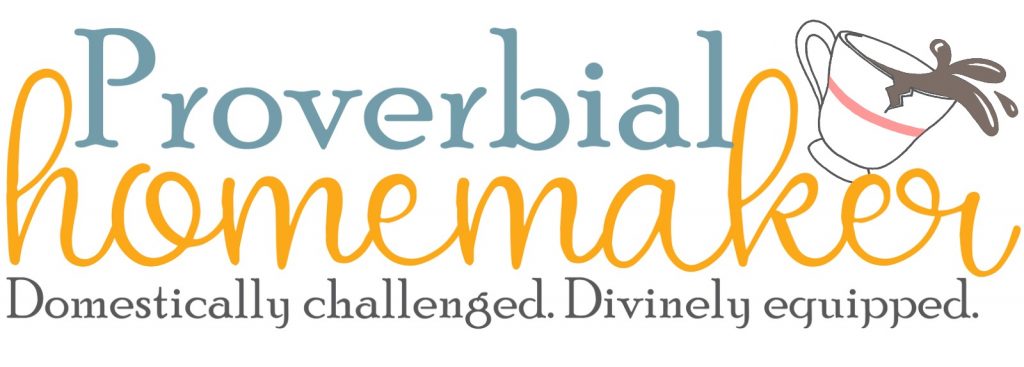
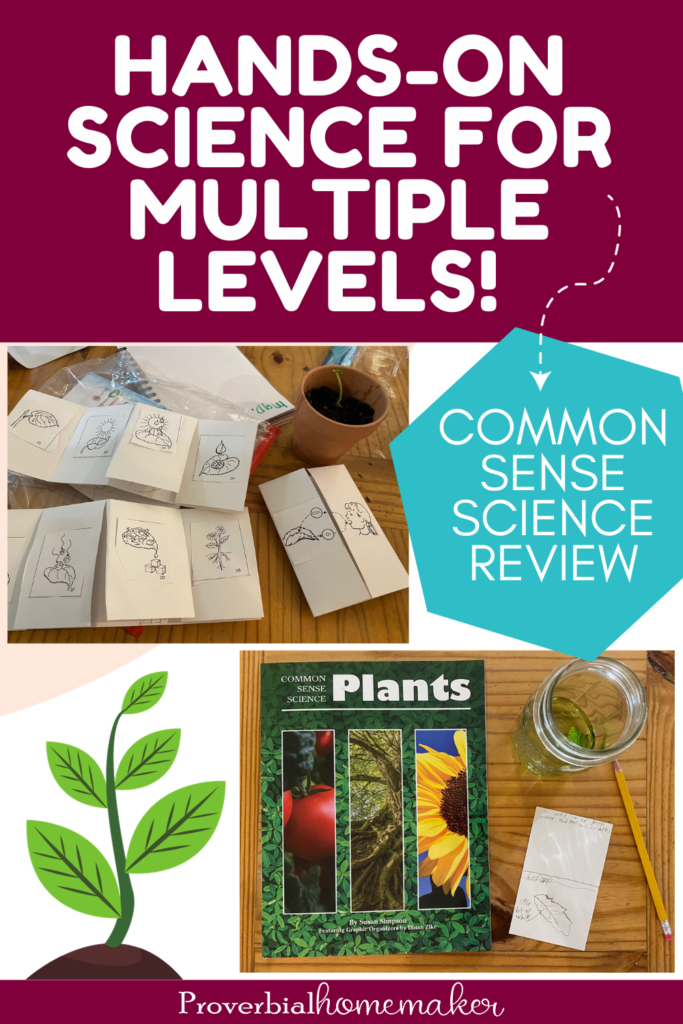
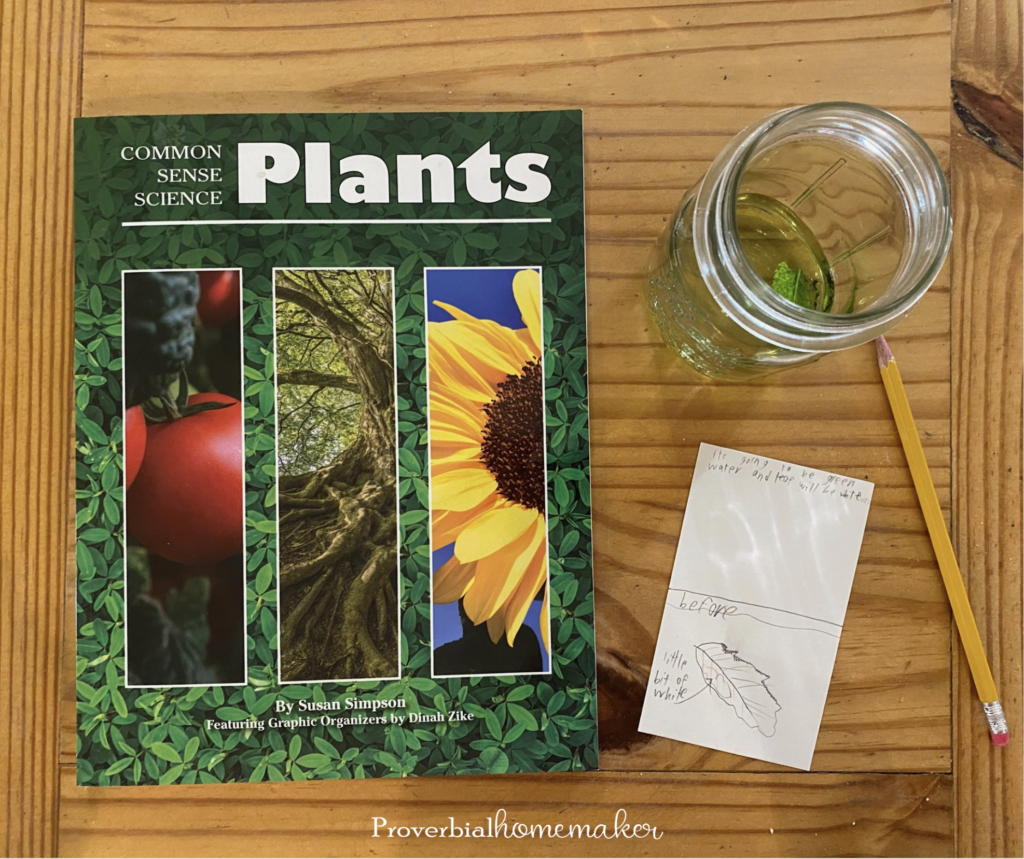
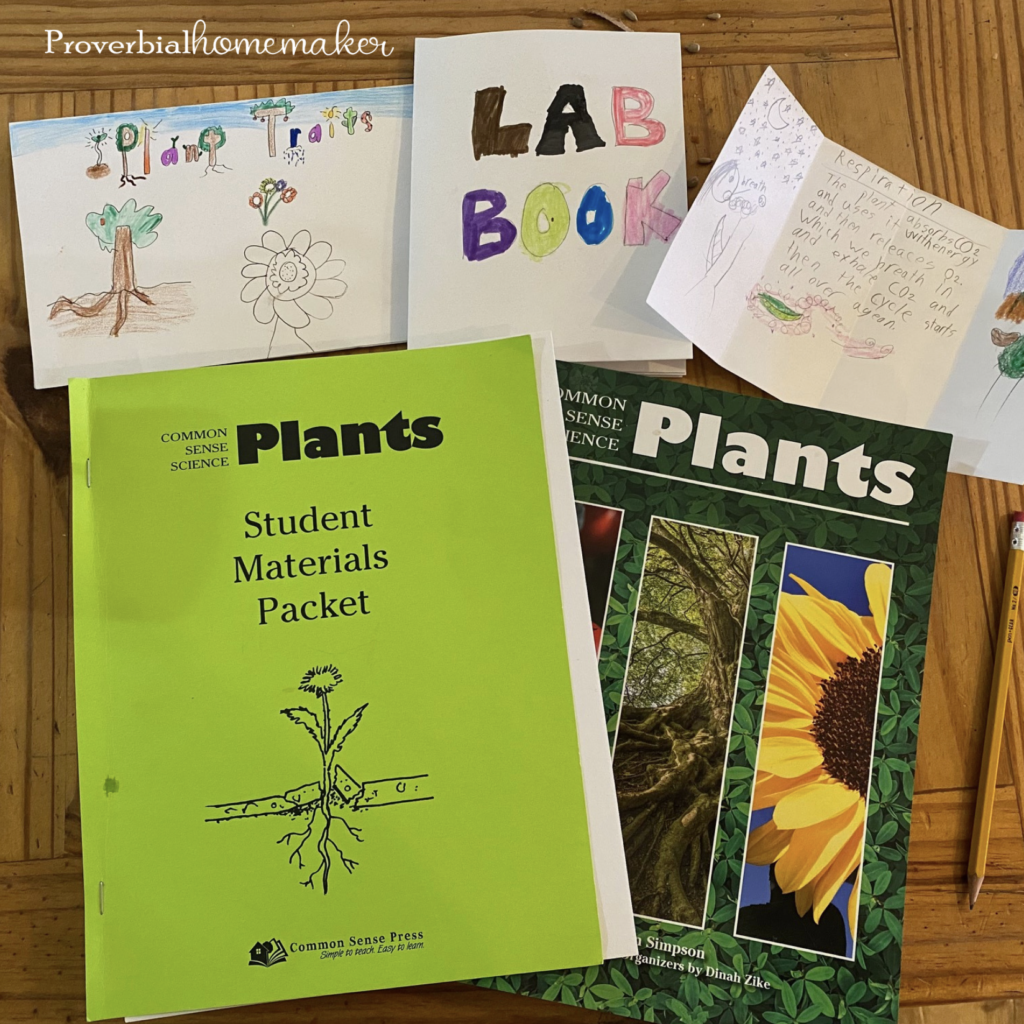
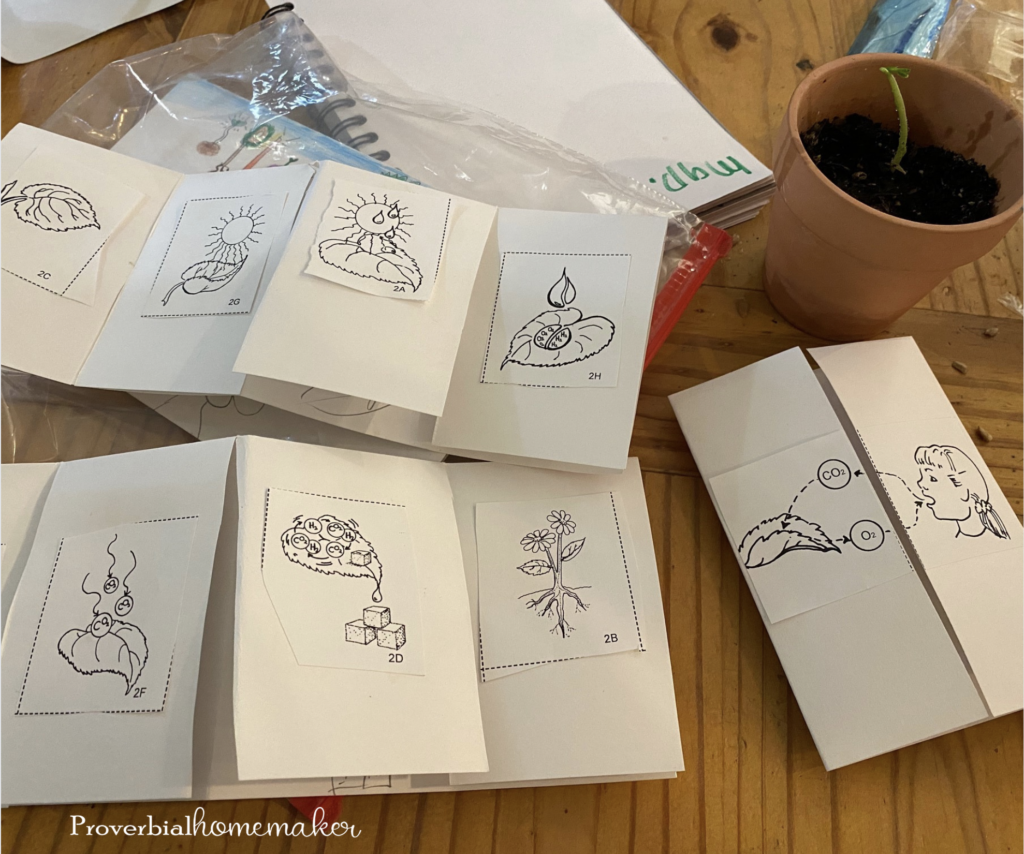
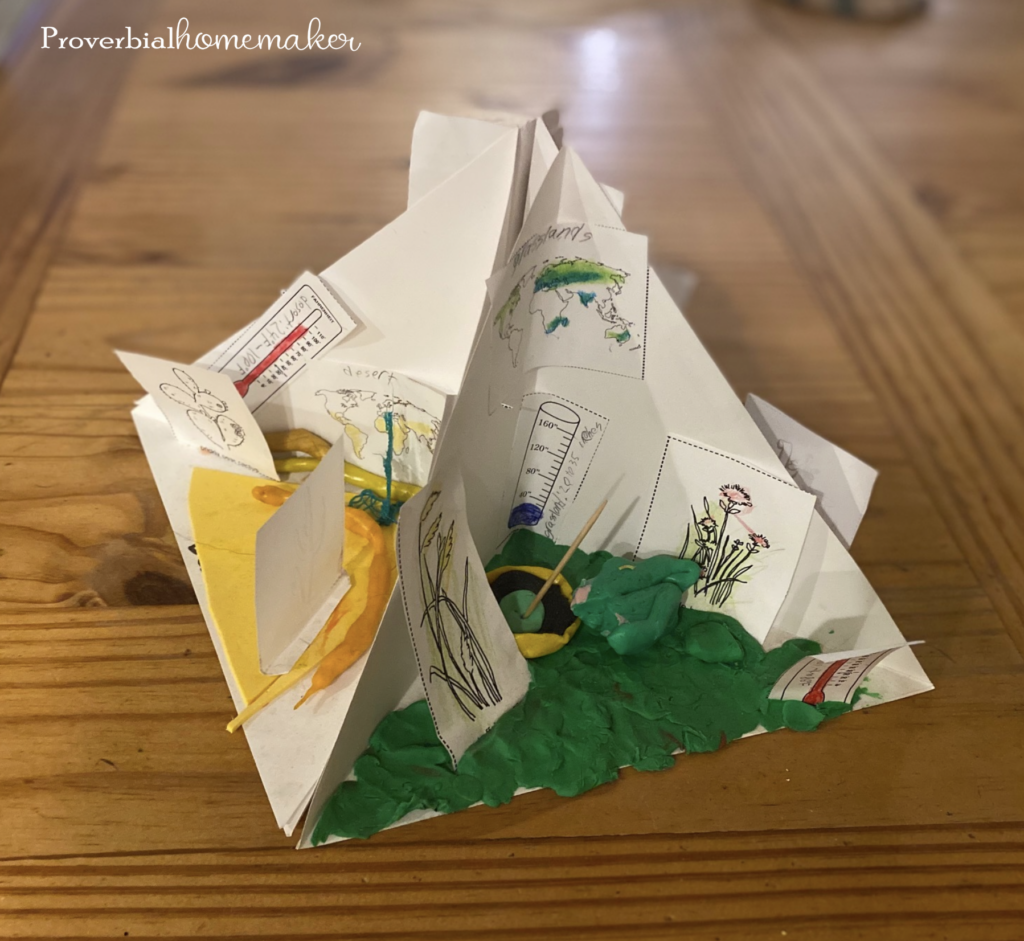
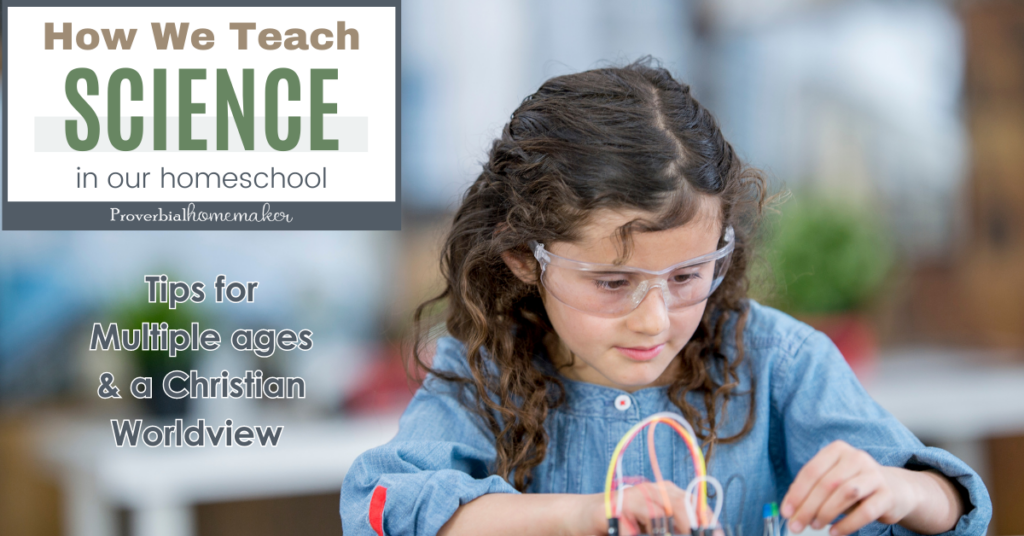
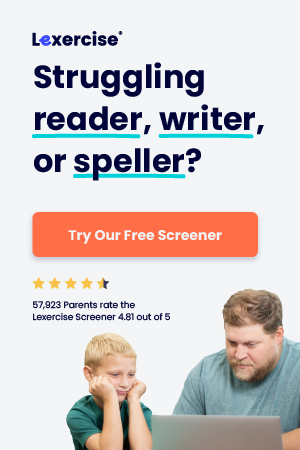
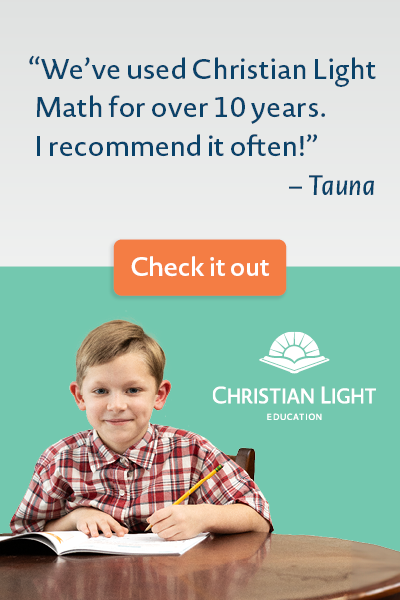
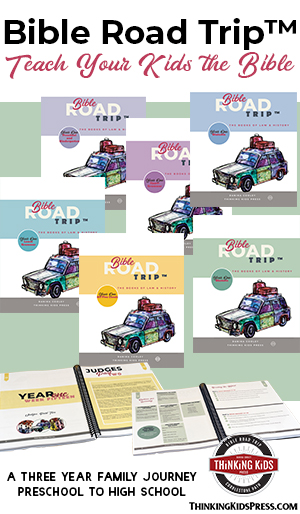
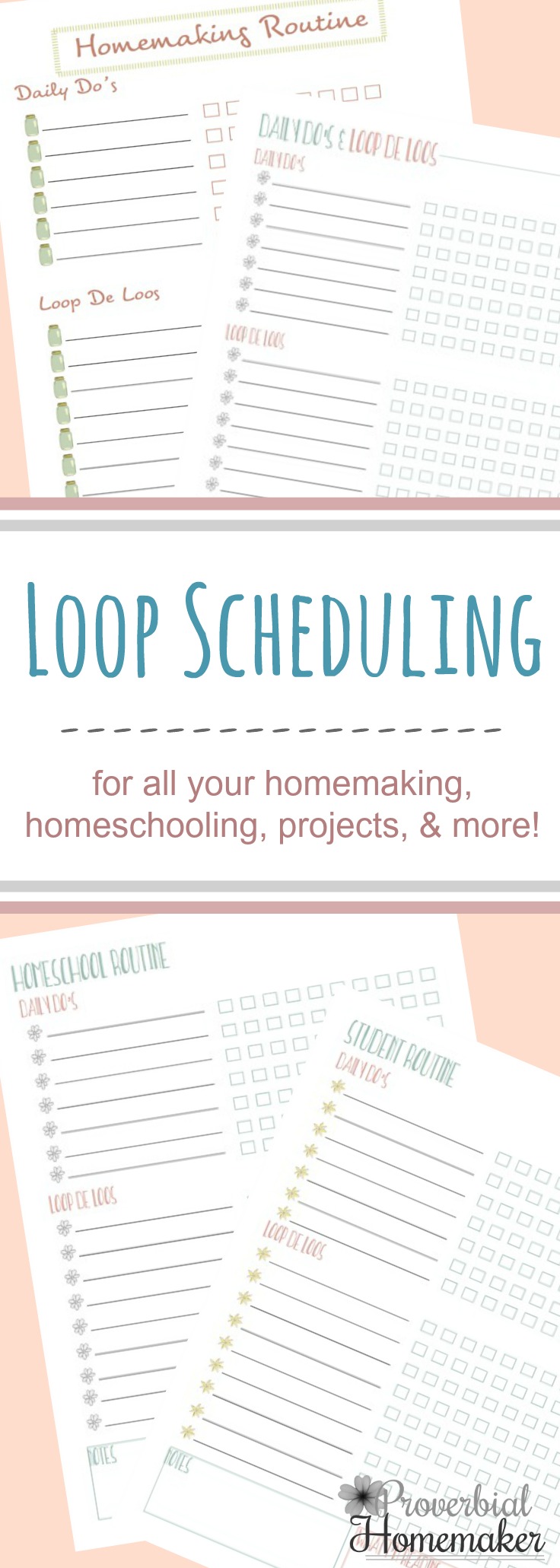

 by Stephanie, The Multi Taskin' Mom
by Stephanie, The Multi Taskin' Mom
This Post Has 4 Comments
The Screenwriting 101 course from Common Sense Press looks interesting. Thanks for sharing and for hosting the giveaway 🙂
Learning American History Through Literature looked interesting to me 🙂
These look great. I wonder how well these would work for a homeschool co-op.
I think they would work well but you’d probably want to get multiple student packets.